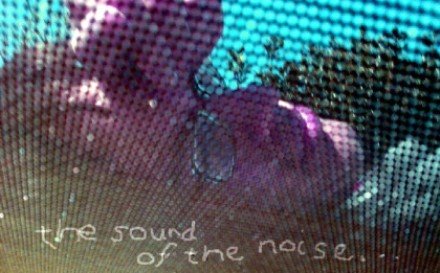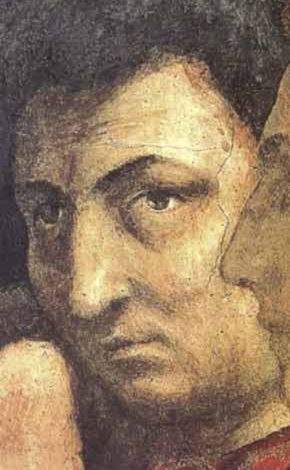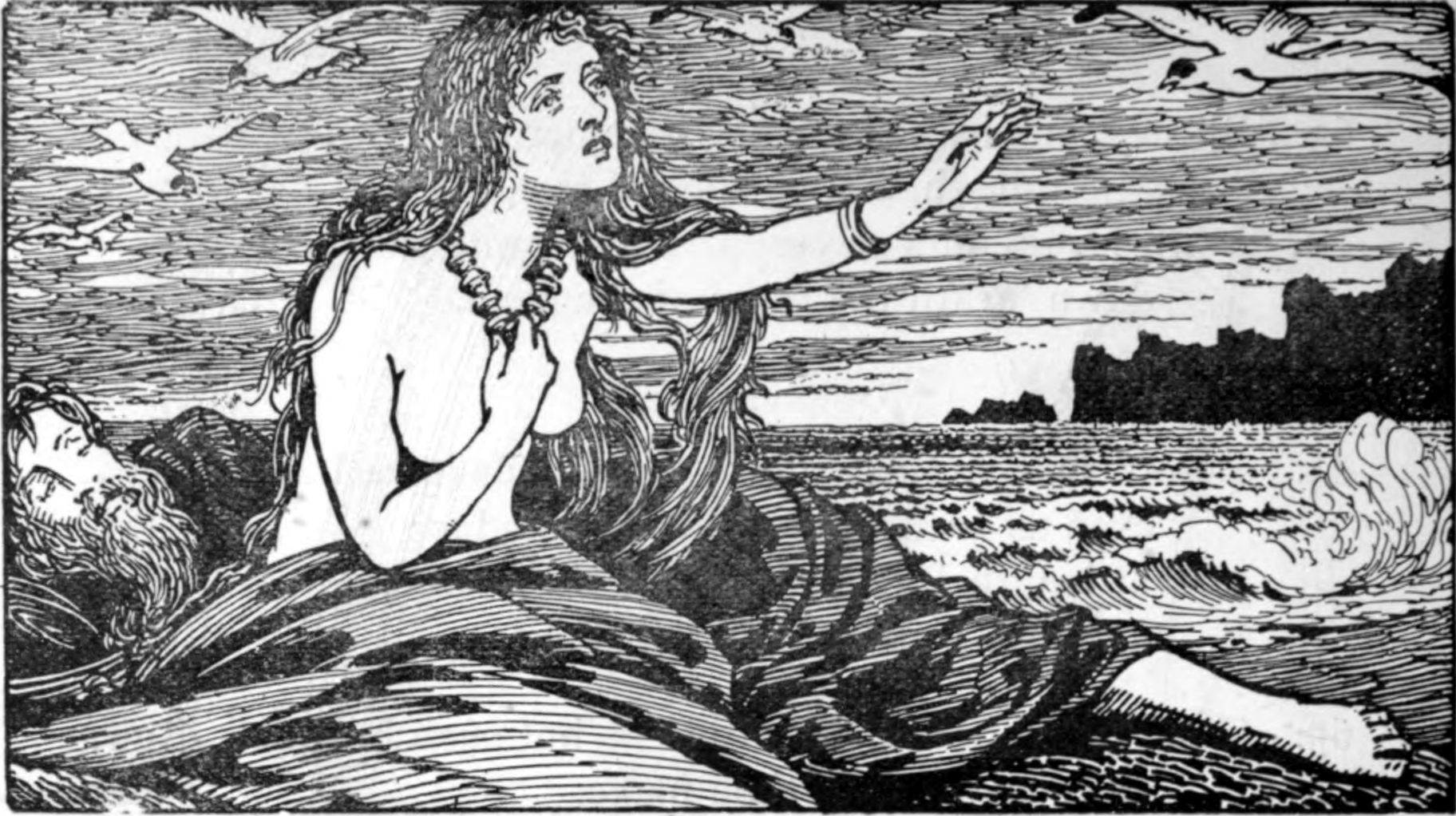
The caped detective/crime-fighter Batman has gained much attention recently for the break-through crime drama film, The Dark Knight, and so I want to take the chance to post on some of the exciting Bat-stories I have had the chance to read. So many of the industry's top writers have worked on the character over the decades that it has proved hard for new writers to stay true to the character and provide something new – but I think DC recently had a stroke of genius in putting Grant Morrison on the book (starting from the story “Batman and Son” which began in Batman #655).
 Known both for strong characterisation and for his penchant for wacky and ambitious stories, Grant Morrison has now brought his unique brand of energetic and inventive adventure story writing to the Dark Knight in an incredibly fresh take on the character. Since he began his run he has been examining Batman's approach to crime and whether crime can be stopped: In one humorous interchange between Gordon and our hero, the Police Commissioner asks him why he was foolish enough to declare war on an enemy as big as crime itself. The reply? “I thought I could take him”.
Known both for strong characterisation and for his penchant for wacky and ambitious stories, Grant Morrison has now brought his unique brand of energetic and inventive adventure story writing to the Dark Knight in an incredibly fresh take on the character. Since he began his run he has been examining Batman's approach to crime and whether crime can be stopped: In one humorous interchange between Gordon and our hero, the Police Commissioner asks him why he was foolish enough to declare war on an enemy as big as crime itself. The reply? “I thought I could take him”.In some action-packed and fast-paced stories, Batman has been confronted by his legacy in more ways than one. It has been revealed that he has a son through a former love, the deadly Talia Al Ghul, daughter of Ra's, who clearly wants to use the boy Damian against his father. The rebellious Damian on the other hand wastes no time in infuriating his father by using his ninja skills (learned from Talia's bodyguard) to surprise and seriously wound Robin. It's been great to see how this has started to pick away at the Batman/Robin relationship.
On top of the family matter it seems Batman has inspired other wannabe heroes to take up the mantle of Batman, many of whom are suddenly and sarcastically murdered by a new (don't quote me on that) mysterious villain – and I haven't yet mentioned the three nightmare Batmen Bruce Wayne has begun to see in his dreams and encounter
 in Gotham. Add to this the possibility that Batman is losing his mind altogether, and seeing the past merging with the present – and I just don't know what's going to happen next! One more thing: I don't want to say too much but in recent issues we also have discovered a conspiracy within the Gotham Police Department that corruption-fighter Gordon was not aware of. And just what is Damian's future connection to the devil, as seen in Batman #666?
in Gotham. Add to this the possibility that Batman is losing his mind altogether, and seeing the past merging with the present – and I just don't know what's going to happen next! One more thing: I don't want to say too much but in recent issues we also have discovered a conspiracy within the Gotham Police Department that corruption-fighter Gordon was not aware of. And just what is Damian's future connection to the devil, as seen in Batman #666?These shocking storylines, which seem to be leading to something far bigger, have been accompanied by strong art by the likes of Andy Kubert and Tony Daniel, who manage to show Bruce as a vulnerable and fearful man and a strong powerful hero at once. Comic fans might want to note that following Morrison's run there is going to be a special Batman issue by writer Neil Gaiman and superstar artist Jim Lee!
 Grant Morrison is also behind the recent short series All-Star Superman series, as well as DC's current and unusual Final Crisis storyline, and he was a collaborator on “52” - more on that last one another time. However, next time I want to focus on his marvellously complex Seven Soldiers of Victory narrative.
Grant Morrison is also behind the recent short series All-Star Superman series, as well as DC's current and unusual Final Crisis storyline, and he was a collaborator on “52” - more on that last one another time. However, next time I want to focus on his marvellously complex Seven Soldiers of Victory narrative.



























